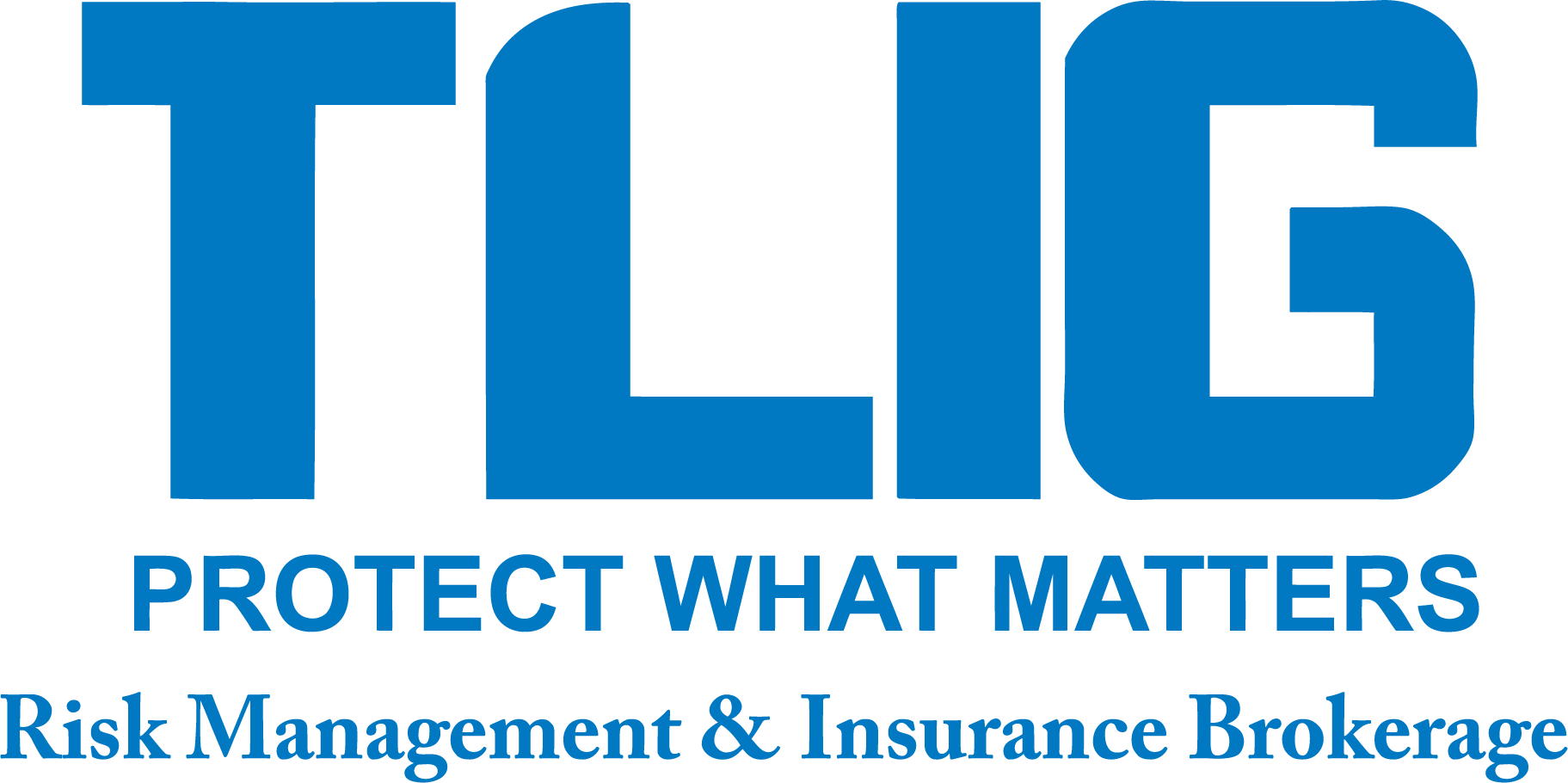A cool swim on a hot day is an American tradition. As temperatures rise, most folks want to get into the water—whether at the ocean, lake or pool.
The combination of high fuel prices and an economic slowdown may keep Americans at or near home more than usual this summer. But water safety is a concern wherever you—and especially your children—venture this summer.
Pools present dangers, particularly for young kids. Each year, some 3,500 deaths—about 10 per day—are cause by drowning, according to The Centers for Disease Control and Prevention (CDC). And another 4,000 people are treated at hospital emergency visits total for injuries and trauma related to pool accidents.
The Consumer Product Safety Commission (CPSC) notes that drowning is the second-leading cause of injury death for children ages one to 14. Each year, 283 children under age five die in America’s pools and spas, a statistic that has worsened since the turn of the century. Most deaths and injuries related to pools occur on residential properties. Most involve children ages one to two, according to the commission.
Here are the problems that lead to children drowning in pools:
Unprotected pools. Pools must be treated as attractive nuisances, meaning children will want to get to them to play. One risk: Pools with a three-sided fence where the home forms the fourth side of the barrier. That simply means children can gain access to the water through a door rather than over a fence. Other problems include frost heaving that opens a gap in a fence gate, and wooden fences that rot and break.
“Little children are fiendishly clever and they can get away,” pointed out Dr. Jonathan Midgett of the CPSC. “For those brief moments when children elude us, we need layers of protection around our pools. The more obstacles between your child and the pool, the better! Fences need to isolate the pool from the house; have well-maintained self-closing, self-latching gates; and [have] back-up layers of protection, like sensors and alarms.”
Faulty equipment. Suction outlets in pools and whirlpools are a hazard to catch hair and fingers. Anti-entrapment drain covers must be secured in place.
No rules for the pool. Parents may rely on a neighbor, friend or caregiver/babysitter when children are in a pool this summer. Children must be made to understand that, whoever the authority figure is, they must respect that person’s directions. Make safety rules for the pool clear before anyone sets foot inside the pool area.
Poor supervision. Doctors put it bluntly. “Never leave your children alone in or near the pool, even for a moment,” advises the American Academy of Pediatrics.
The doctors’ group adds a rule of “touch supervision” with children younger than five years. This means that the supervising adult is within an arm’s length of the child at all times.
Children can drown in a pool full of people. This happens when no one adult is designated to supervise the pool or if the supervisor isn’t paying proper attention. The CPSC recommends at least one adult taking responsible for watching children around the water.
“This person should avoid distracting activities that can take their attention away,” explained Dr. Julie Gilchrist of the CDC. Distractions include: playing cards, reading, checking e-mail, and talking on the phone. In the time it takes to do these things, a child may quietly slip under water. “Drownings happen quickly and usually silently,” she added.
Anyone who owns or uses a pool should consider learning basic first aid and cardio-pulmonary resuscitation (CPR). “CPR can make a big difference by reducing the likelihood of brain damage in the few minutes it takes for 911 emergency responders to arrive,” Gilchrist, a medical epidemiologist, noted.
Swim lessons. Learning to swim is not just recreational, but a way to teach children how to save themselves, noted the CDC. Yet even strong swimmers must be supervised, no matter what age.
Any homeowner who has a pool – whether in-ground, above ground, or inflatable/temporary— should have liability insurance coverage, including umbrella liability coverage.
TLIG is a local Trusted Choice® agency that represents multiple insurance companies, so it offers you a variety of personal and business coverage choices and can customize an insurance plan to meet your specialized needs.
Visit us online at www.tligins.com or call us at (434) 582-1444.

